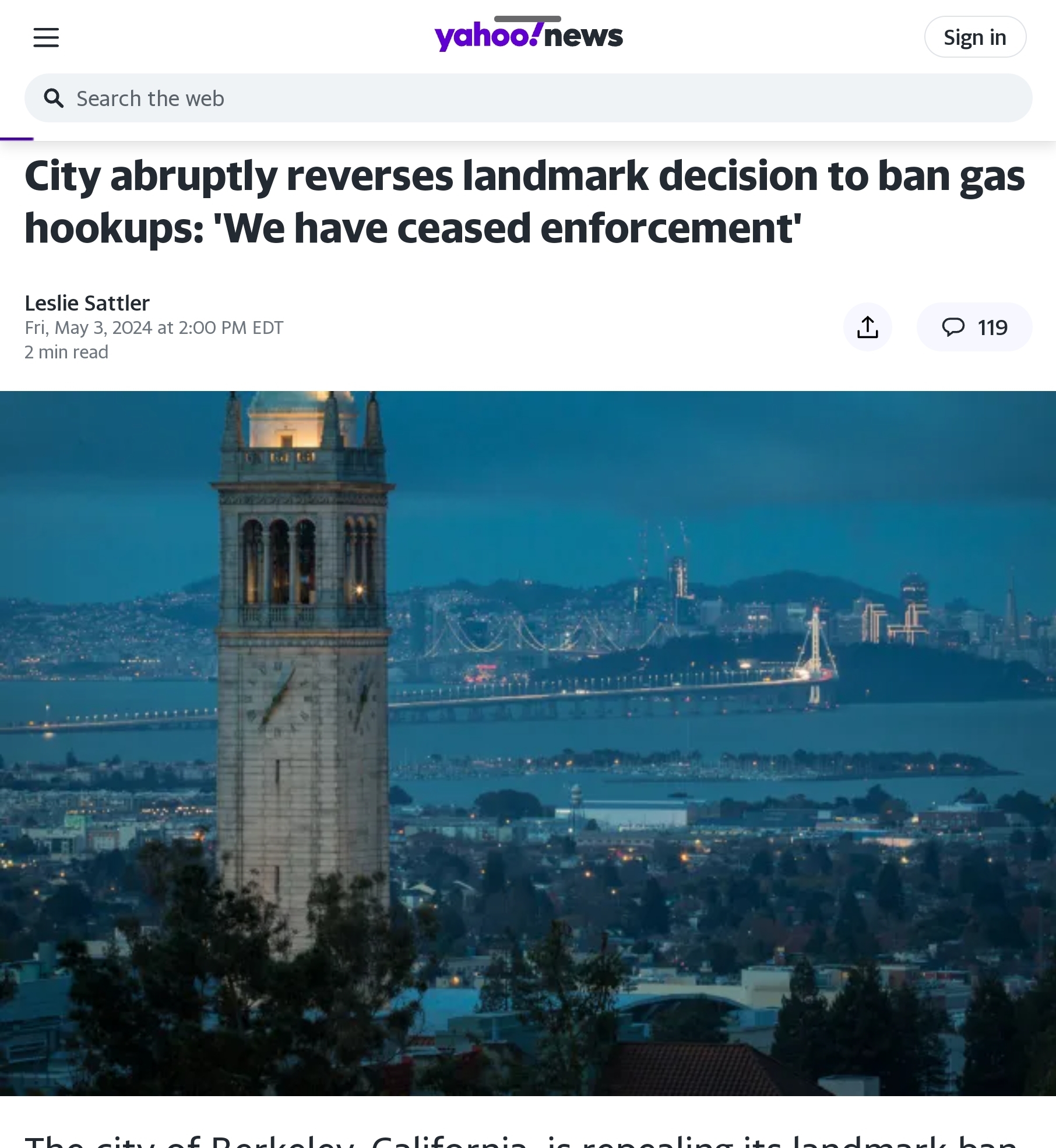I’M MELTING! —
We’re building roads to withstand last century’s climate
Asphalt in use tolerates the temperature extremes of a period that ended in 1995.

Does it make sense to build something that will almost certainly end up wrecked before its useful lifetime is over? In most contexts, the answer is clearly “no,” since doing so is a waste of money and resources. But lots of people seem to have a blind spot when it comes to planning ahead for climate change. North Carolina, for example, went through a protracted debate over whether it should allow people to build on sites that were likely to be under water. And the Trump administration recently cancelled rules that were intended to prevent infrastructure from being built where the ocean would rise to meet it.
But it’s not just rising oceans that put our infrastructure at risk. According to a new analysis, current engineering practices have us building some roads that are already vulnerable to our warming climate, and the problem’s only going to get worse. The results are likely to be more frequent repairs and a shortened lifespan. If the road is built to tolerate cold conditions that no longer occur, then it’s possible that this involved an unnecessary expense.
Hot blacktop
The problem comes down to asphalt, which is a temperature-sensitive surface. It can crack if it gets too cold or undergoes freeze/thaw cycles, and it can partially melt if temperatures get high enough. There are different formulations, however, so the starting material can sometimes be tailored to tolerate the temperatures it is likely to face. Engineering best practices involve figuring out the likely high and low temperatures a region is likely to face and choosing an asphalt blend that is rated to tolerate those.
There’s just one small problem with this: the engineers are directed to base this on temperature data from the period between 1964 and 1995.
A group of researchers based in Arizona decided that might already be causing problems, as global temperatures have risen considerably since 1995. So they obtained data on the asphalt type used on nearly 800 roads, widely distributed across the Continental US. And they compared those types to the sorts of temperatures those areas have been experiencing in recent years.
The news isn’t good. Of the roads built over the past 20 years, a full 35 percent were produced using an incorrect material. In most cases, this involves a tolerance for cold temperatures that no longer occur. But in a quarter of these cases, the road was experiencing high temperatures that it wasn’t designed to tolerate.
This latter case is the biggest cause of ongoing expenses. Different grades of asphalt have tolerances that are separated by 6 degrees Celsius. The authors estimate that being off by a single grade would take a road meant to last 20 years and shorten its lifespan to 16 to 17 years. Being off by two grades (something unlikely now but possible given future warming) would shorten it to 14 to 16 years. These shortened lifetimes mean that expensive repaving processes come along much sooner than they would otherwise need to.
Added costs
How expensive? The authors estimate that the mismatch between roads and temperatures in 2010 already added up to between $13 and $14 billion in unnecessary expenses. A map of the areas that are already being affected by the rise in temperatures shows that few areas of the US are completely spared, though the problems are largest in the upper Midwest.
Of course, temperatures are expected to continue rising over the rest of this century. To get a sense of how this played out, the team turned to a set of 19 climate models and ran them under two conditions: business-as-usual carbon emissions (the IPCC’s RCP8.5) and a lower trajectory where emissions level out late this century (RCP 4.5). In the latter situation, where we manage to control emissions a bit, these road-related expenses will total $19 billion by 2040 and $22 billion by 2070. But uncontrolled emissions would see them hit $26 and $35 billion at those time points.
For context, the team estimates that the cumulative cost for road maintenance would be $419 billion over this period, meaning the climate mismatch would represent a significant additional cost.
Again, the upper Midwest experiences the largest number of problems, but the Southeast also sees significant problems in the future. Big states like California and Texas see the largest total costs, as expected. But on a per-kilometer basis, states like Maryland and Delaware experience just as much trouble.
Having a sliding window for the temperature analysis—evaluating the previous 20 years of data each time a road is replaced—would go a long way toward limiting the impact of this problem. Obviously, planning ahead for likely future conditions would be even better. However, as the examples mentioned up top make clear, generating the political will to do so in the US is a serious challenge.
Nature Climate Change, 2017. DOI: 10.1038/NCLIMATE3390 (About DOIs).




